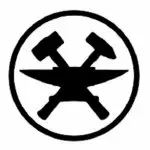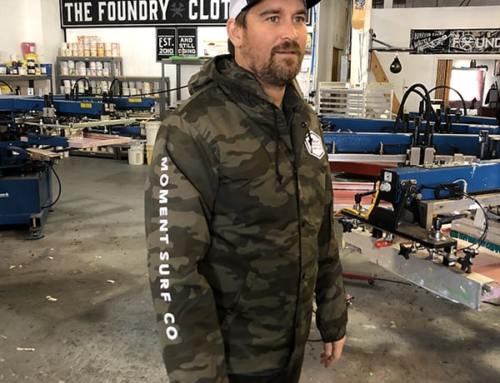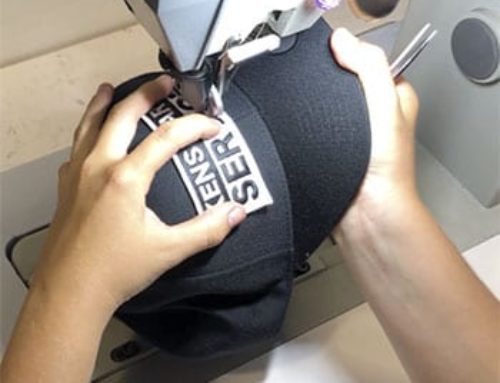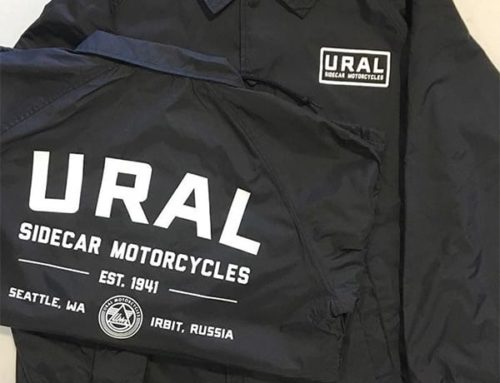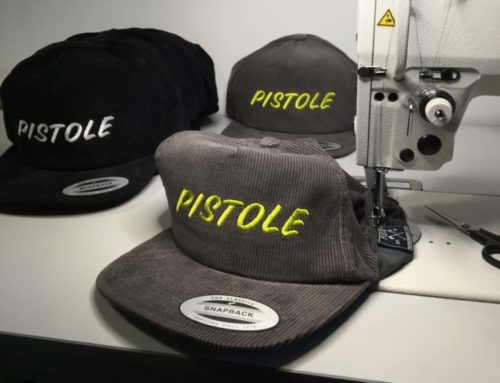A guide to selecting the best decorating method for your design.
FIRST know the limitations of embroidery by understanding the level of detail in your design, and SECOND know the type of garment you are decorating. These will determine the best method of decoration for your design: direct embroidery, embroidered patch, or woven patch.
1. How detailed is your design?
As mentioned in our blog Embroidery Basics, “The smallest stitch is about 2 – 3 millimeters across, or roughly the thickness of a penny, and the longest stitch is about 7 millimeters, so, thickness of a pencil.” Consider that embroidery’s highest resolution is your computer’s lowest resolution.
If your design is simple, minimal text with a basic font and icon like the designs below, direct embroidery should work just fine.
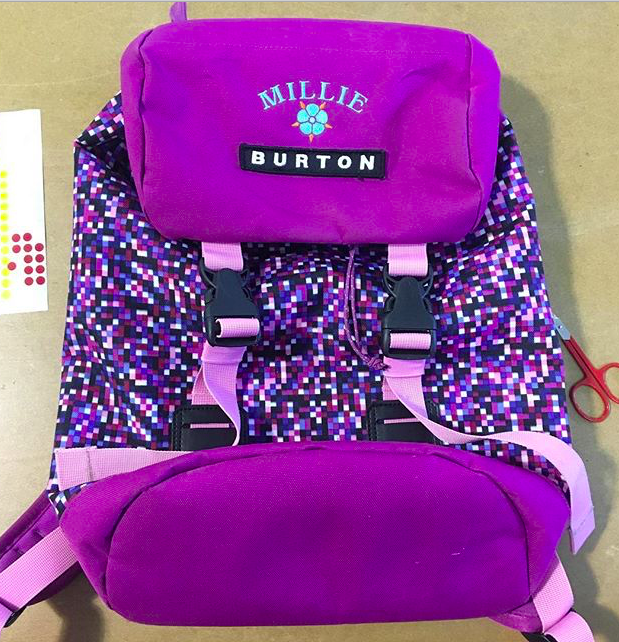
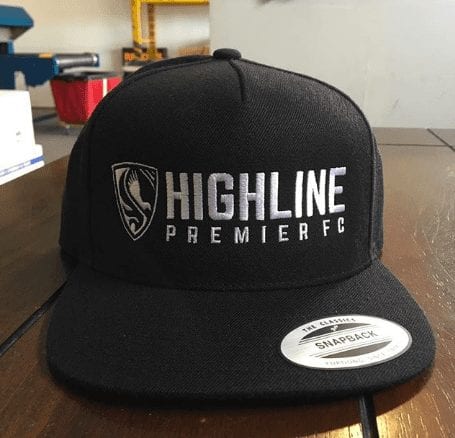
If your design has a serif font, small text, or a detailed icon, like the designs below, you must consider what type or types of garments (discussed later in this post) you are decorating. The designs below were best produced as a 2″ wide embroidered patch because it is intricate enough it may not sew out on anything other than a tee or hoodie.
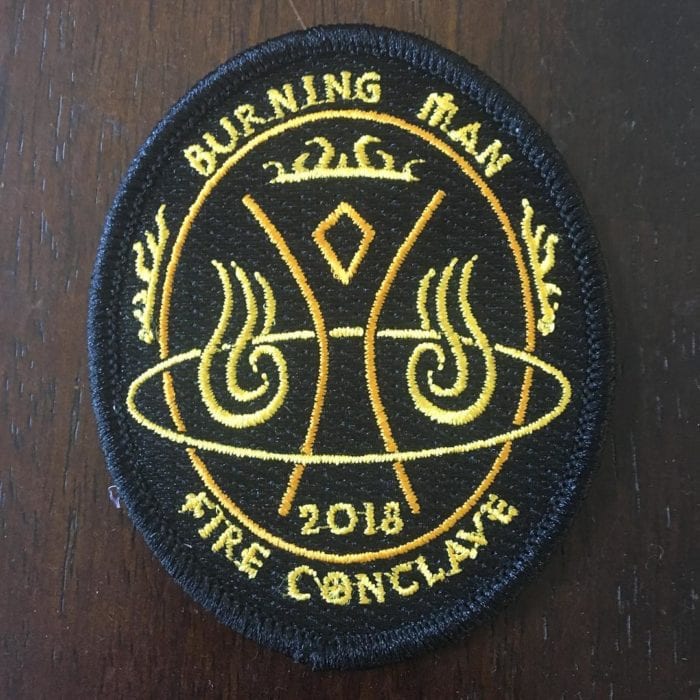
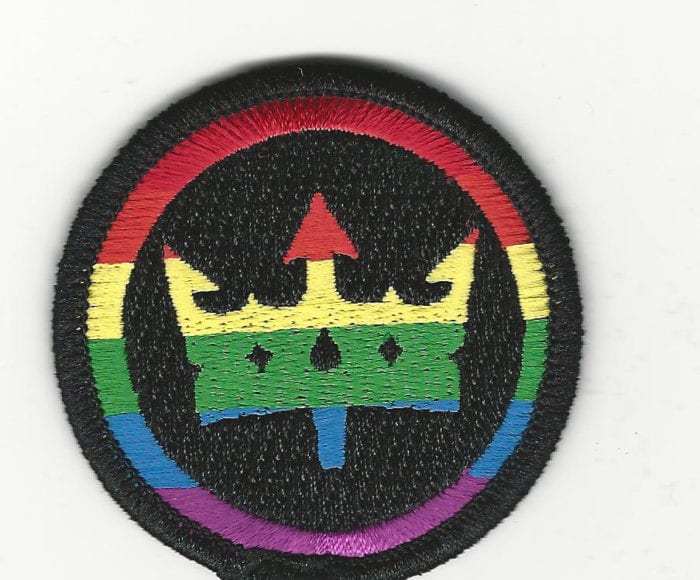
If your design has multiple lines of text, 5+ colors, has intricate artistic detail, or was originally intended for a full t-shirt or poster design, a woven patch is best. No loss of artistic integrity and as a patch it can be applied to almost any garment.
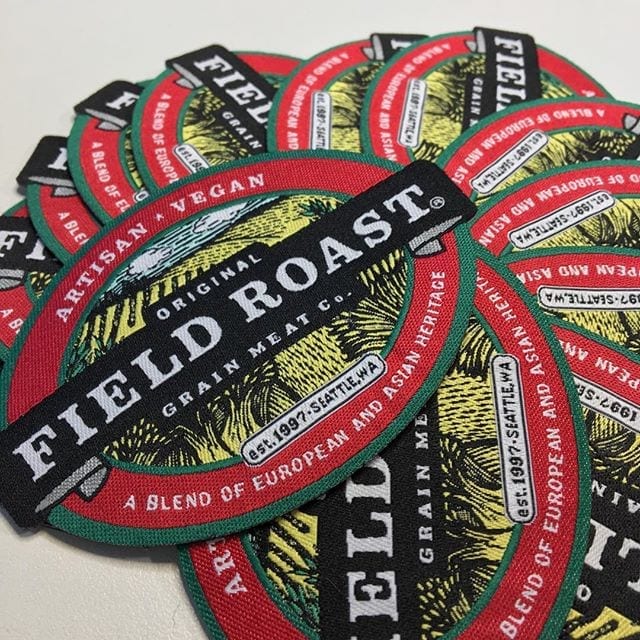
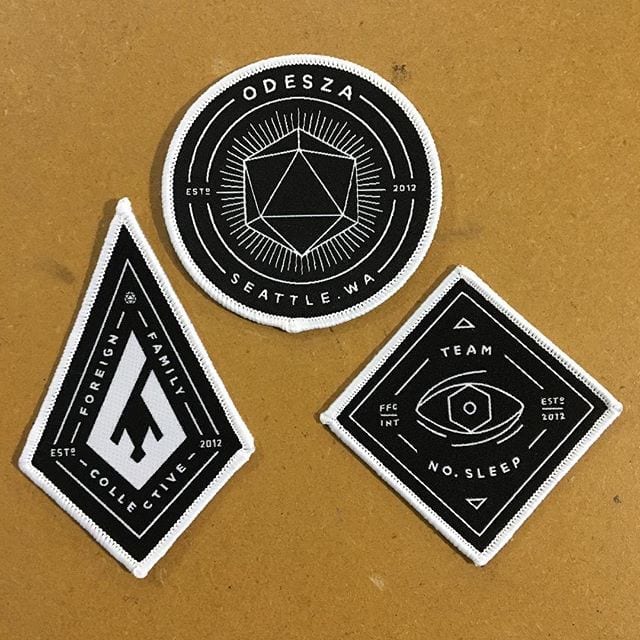
2. What type of garments are you decorating?
This is a very important consideration when deciding between direct embroidery, embroidered patches, or woven patches.
Flats: “Flats” are most easily embroidered and have the least conflicts. Flats are shirts, pants, jackets, towels, blankets, aprons, bandanas, etc. and refers to the shape of hoop used to attach the garment to the machine. See image below. These loosely knit or woven fabrics produce the best results, and a direct embroidery on these can easily be replicated hundreds of times.


Hats: “Hats” specifically refers to baseball type caps with a bill and must be embroidered on a hat hoop. See image below. Some hats are problematic: hats with thick buckram — the plastic-like backing that gives the front of the hat shape and structure; unstructured “Dad” hats; and 6-panel hats with seams in the front.
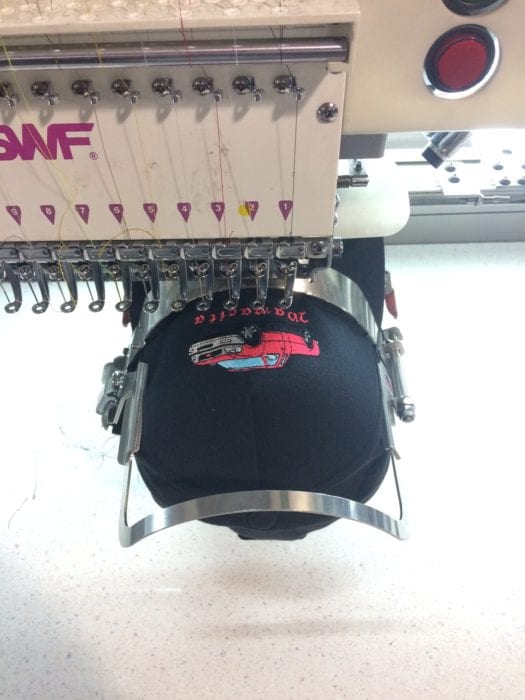

Everything else: Beanies, backpacks, fanny packs, sweatbands, or anything out of the ordinary must be assessed in person and we often must try a sample to see if it can be done. Beanies pose a specific embroidery problem due to the multiple layers of stretchy and loosely knit material. ALL embroideries WILL lose some detail when done on beanies.
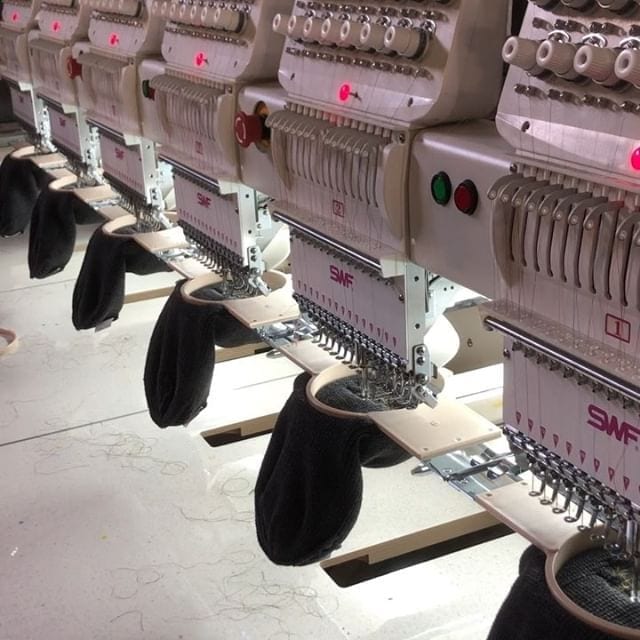
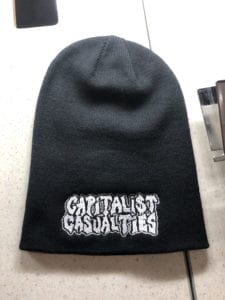
It is good to keep in mind that, even if your logo is simple enough for direct embroidery, patches can be applied to nearly everything and can be sold separately to your customers. Understand your garments and know how to gauge which decoration is best for you: direct embroidery, embroidered patches, or woven patches.

